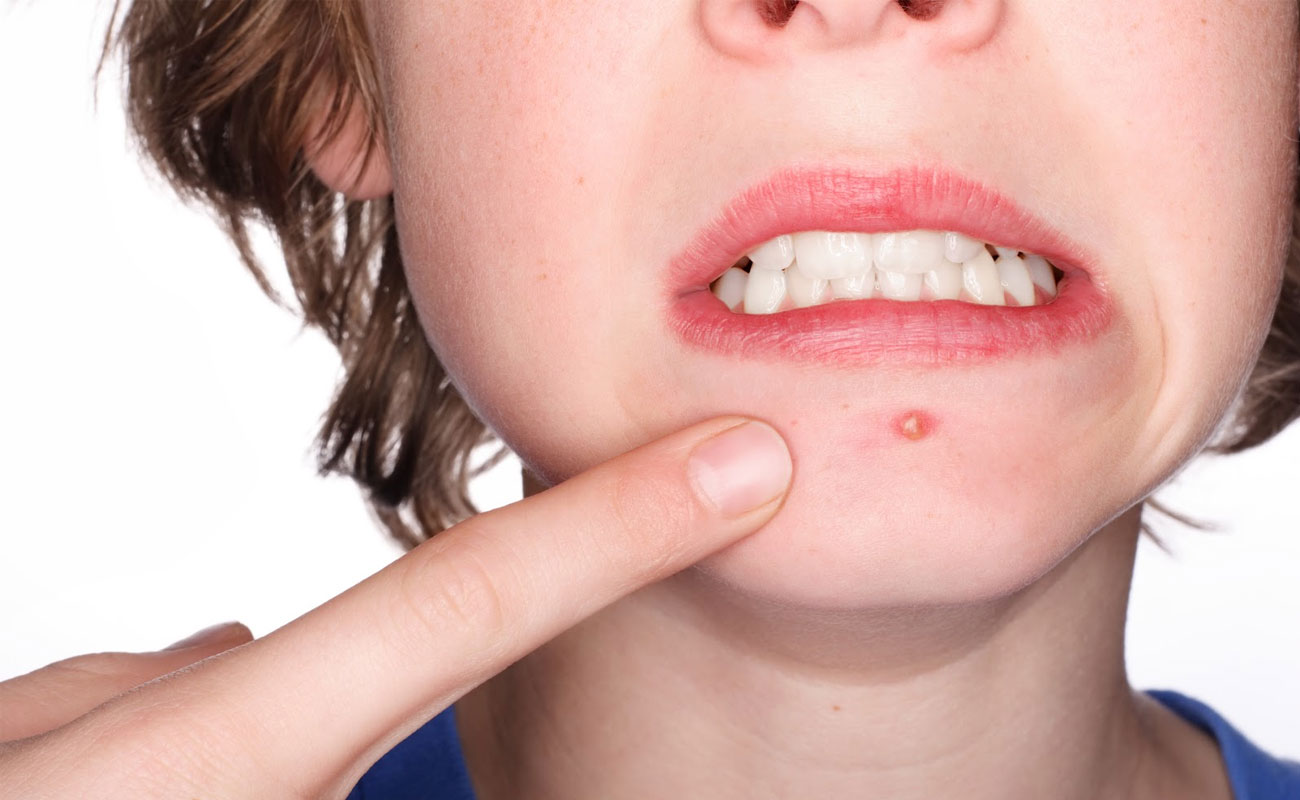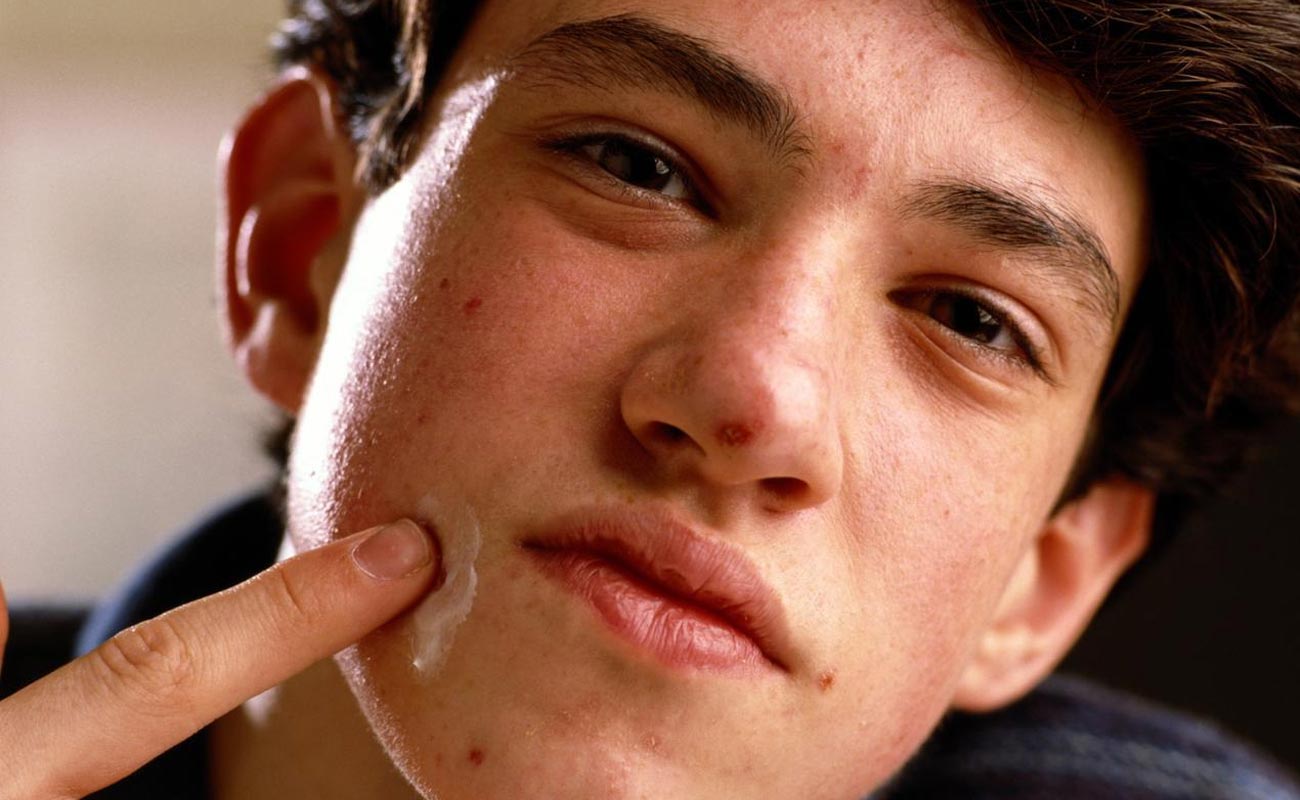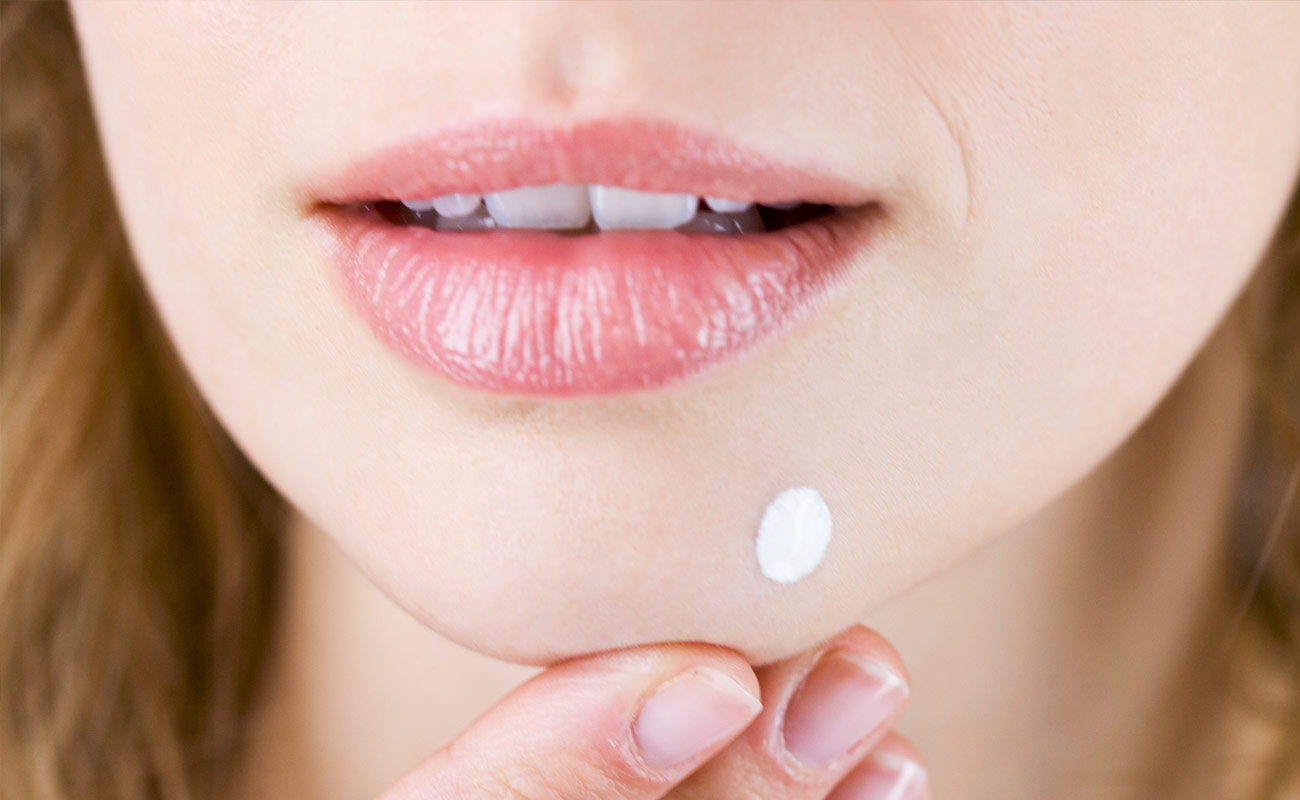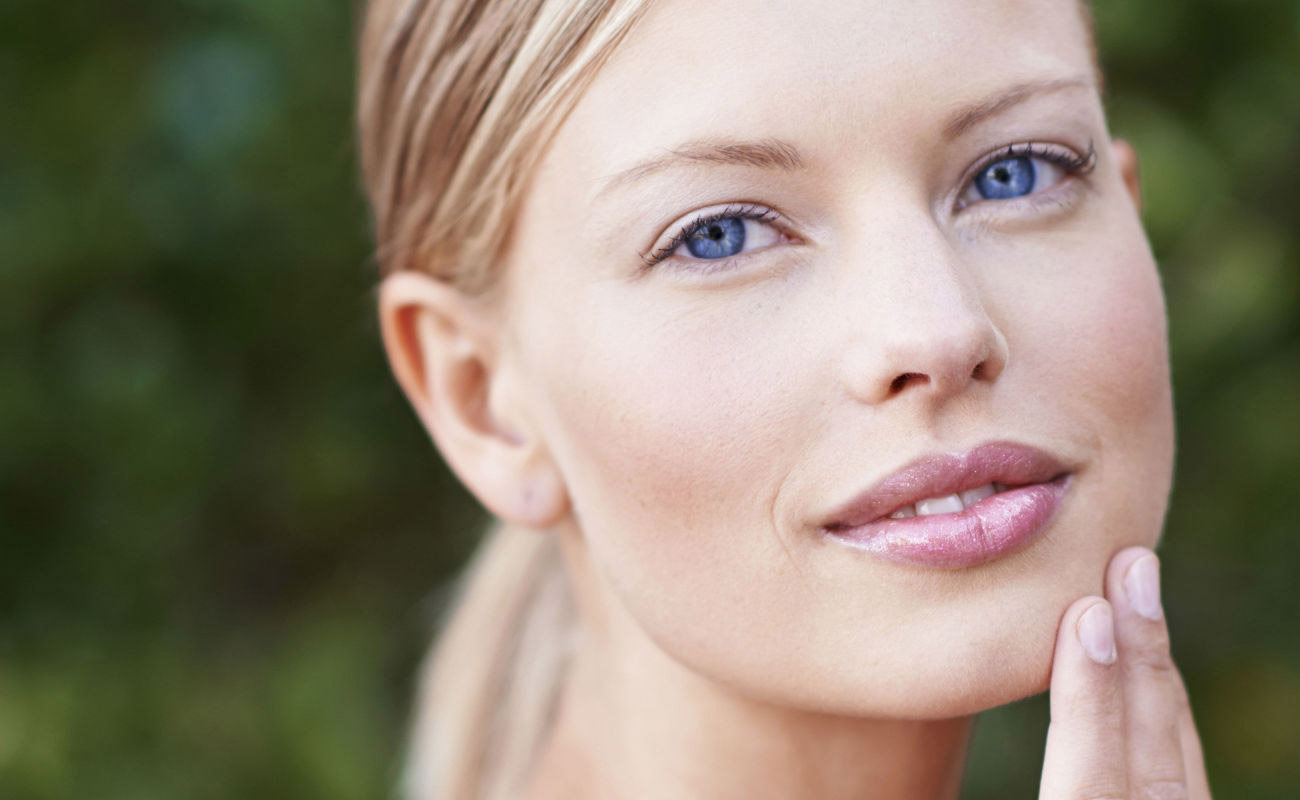Acne is a chronic skin condition that has an impact on most people at some time in their lives. It causes spots to grow on the skin, typically on the face, chest and back. The signs of acne could be minor, moderate or severe.
Acne is assumed to be initiated by ups and downs in hormones that are activated in the course of teenage years.
Acne may cause unlimited agony and have an emotional impact on the individual’s quality of life and self-confidence.
As a result, healthcare specialists recognize that the disorder needs effective and sometimes belligerent management.
Acne is the most common kind of skin disorder. It is most common in older youngsters, teens and young adults.
About 80% people with 11 to 30 years of age are under the influence of acne. Most acne cases among young females happen between the ages of 14 to 17, and in young females the disorder is most common between the ages of 16 to 19 year olds.

The majority of people experience multiple episodes, or outbursts of acne for quite a few years before realizing that their symptoms slowly start to recover as they get older. The symptoms of acne typically fade away when the individual is in his twenties.
However, in some cases, acne may carry on into adulthood, with nearly 5% of females and 1% of males over 25 continuing to experience symptoms.
The general outlook of treating acne is good. Treatments could last from two to three months to yield outcome. However, when they do, the outcomes are really effective.

Almost 90% of those who seek out treatment for acne will enjoy at least a 50% improvement in their symptoms after the course of three months. When the symptoms are hold on leash, supplementary managements could be employed to avoid the acne from reoccurring. This is motley known as maintenance therapy.
Scarring happen when acne becomes severe. However, this could be avoided by pursuing quick treatment.
Considering the severity of the disorder, acne signs and symptoms differ
If home remedies don't work to clear up your acne, pay a visit to your doctor. The physician would prescribe stronger medicines. If acne persists or gets more severe, you might want to pursue therapeutic actions from an expert who is a specialized physician in terms of skin (dermatologist).
FDA (The Food and Drug Administration) advises that some prevalent nonprescription acne lotions, cleansers and other skin products could lead to a serious response. This kind of response is quite rare, so don't take it instead of the redness, itchiness and irritation of where you've applied medicines.
If after employing a nonprescription remedy you experience:
Acne normally appears on the face, neck, shoulders, back, and chest. Most of the oil (sebaceous) glands are found in these areas of skin. Acne happens at the time when hair follicles become plugged with oil and dead skin cells.
Hair follicles are linked with oil glands. The glands secrete an oily material (sebum) to loosen the skin and hair. Sebum usually goes along the hair shafts and over the openings of the hair follicles onto the outside of the skin.
Once the body makes an excessive quantity of sebum and dead skin cells, these two could, in fact, build up in the hair follicles. A soft plug is formed out of them which creates an environment for bacteria to thrive. If the clogged hole gets infected with bacteria, inflammation could be results.
The plugged pore could make the follicle wall to bulge and produce a whitehead lamps. Or the plug might get open to the surface and might darken to make a blackhead. A blackhead lump might look like dirt jammed in pores. But, as matter of fact, the pore is clogged with bacteria and oil, which the color turns brown when it is exposed to the air.
Pimples are those raised red spots that have white centers and grow once clogged hair follicles get swollen or infected. Blockages and swelling that grow deep inside hair follicles, harvest cyst-like lumps underneath the surface of your skin. Other holes in your skin, which are the openings of the sweat glands, are not typically involved in acne.
Worsening acne
The factors mentioned below can trigger or aggravate acne:
Acne myths
The factors with little or trivial effect on acne:

While seeing a doctor for acne, you will have a physical examination, and the doctor will ask about the medical history of the patient. Women might be required to answer questions about their menstrual cycles. This data could help the doctor to find out whether hormones are playing a role in acne burst-outs. Almost always, you won't have any tests to diagnose acne.
You might need some other tests if the doctor suspects that acne is a symptom of a different medical problem (such as higher-than-normal quantities of testosterone in a female).

Moderation and constancy are worthy things. However, everyone is not able to sleep eight hours, eat three meals, and drink sufficient amount of water in day. One could control acne despite his frantic and unpredictable routine. Perhaps the most beneficial lifestyle changes the patient can make is NOT to pick or squeeze pimples. Playing with or popping zits, no matter how careful and clean the person is, almost at all times makes bumps stay redder and rougher longer. Individuals frequently refer to redness as "scarring”. However luckily, it typically isn't permanent. It's just a mark that takes months to disappear if left completely alone.
Arranging appointments with an esthetician who is a specialist at removing blackheads in a safe manner could be beneficial.
In spite of what one may read in popular fashion magazines, there is no magic product or regimen that is right for every one in every situation.
Benzoyl peroxide effects red and scaly skin irritation in a small number of people, which goes away as soon as the patient stops applying the product. Bear in mind that benzoyl peroxide is a bleach, so don’t let benzoyl peroxide come into contact with fabrics, leaving unappealing white spots on clothes, shirts, towels, and carpets.
One cannot stop the glands from producing oil. Even isotretinoin merely slows down oil glands a short time; they start again their normal activity later on. It is likely to get rid of surface oil of the skin and decrease the appearance of shine.
Submit Comment